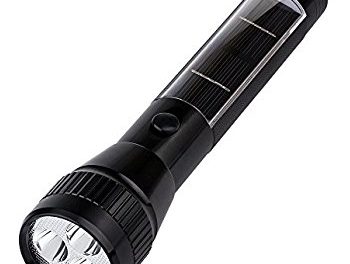Choosing the right dive light for night dives is critical for enhancing your underwater experience and safety. Ordinarily, marine life is much more colorful at night compared to daytime. Here is what you need to know about different types of dive lights to enhance your night exploration.
Primary dive light
Primary dive lights are normally very bright, durable and come with a long-lasting battery. These lights are either powered by disposable batteries or rechargeable batteries.
The lights feature a lantern or pistol grip which make them comfortable to operate compared to stick lights. For primary lights, the more light they pack the better. In spite of this, bright lights can result in a white-out effect which reduces visibility. To reduce this problem, primary lights have their maximum output in the center beam.
Backup or secondary light
Secondary lights, also known as backup lights, are meant to protect the diver against losing their way in darkness in the event the primary light malfunctions. These lights are usually lightweight, compact and come with a narrower beam.
Underwater photography or video light
Underwater photography or video lights are important for people who intend to take pictures or record videos underwater. For effectiveness, they feature bright wide beams to light up the subjects.
Ultimately, when choosing your ideal dive lights for night dives, you need to consider the following:
Beam angle
Basically, dive lights feature tight or wide flood beams. A tight beam is great for spotting marine creatures and exploring crevices as it allows you to see further. On the other hand, a wide flood beam will enable you to see a wide area but it tends to bounce off particles in the water, which reduces visibility.
Brightness
When it comes to dive lights, especially when diving at night, the brighter the better.
Disposable or rechargeable batteries
Diving lights feature 3 types of batteries:
Rechargeable batteries – these are the best choice for people who dive frequently.
Alkaline batteries – they are less expensive compared to rechargeable batteries but they pack less power compared to rechargeable and lithium batteries.
CR123 lithium batteries – they perform excellently but are more expensive compared to alkaline batteries.






